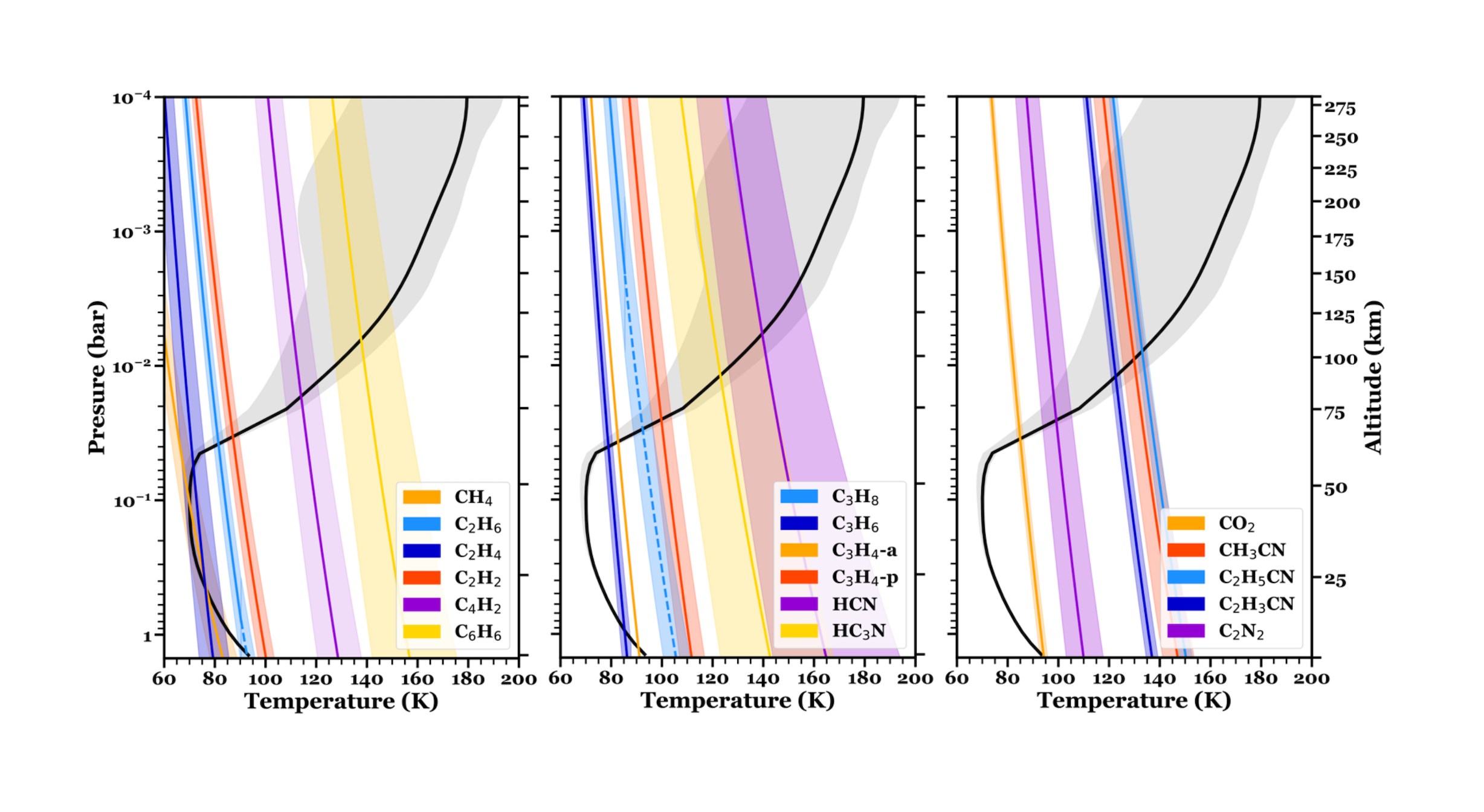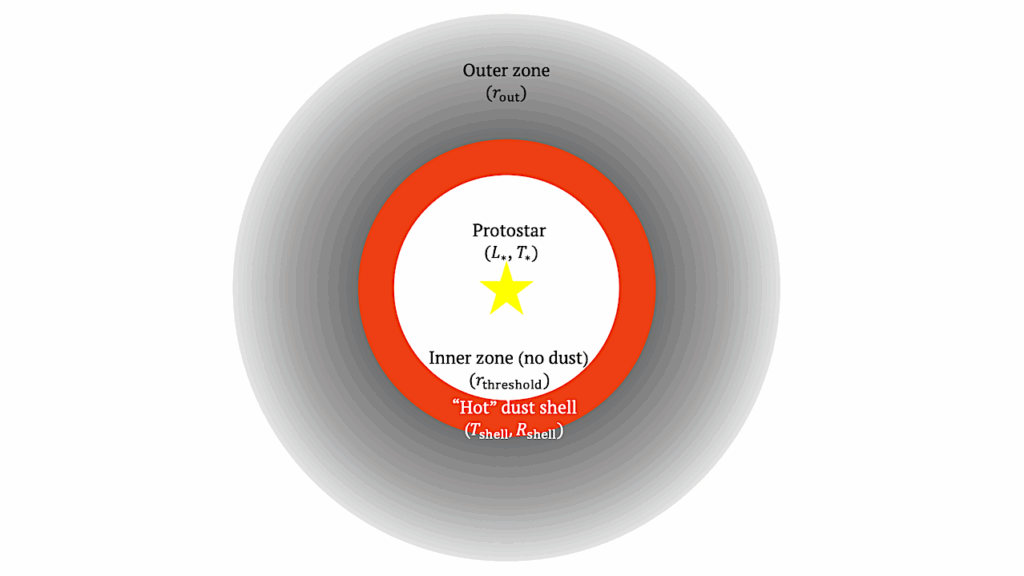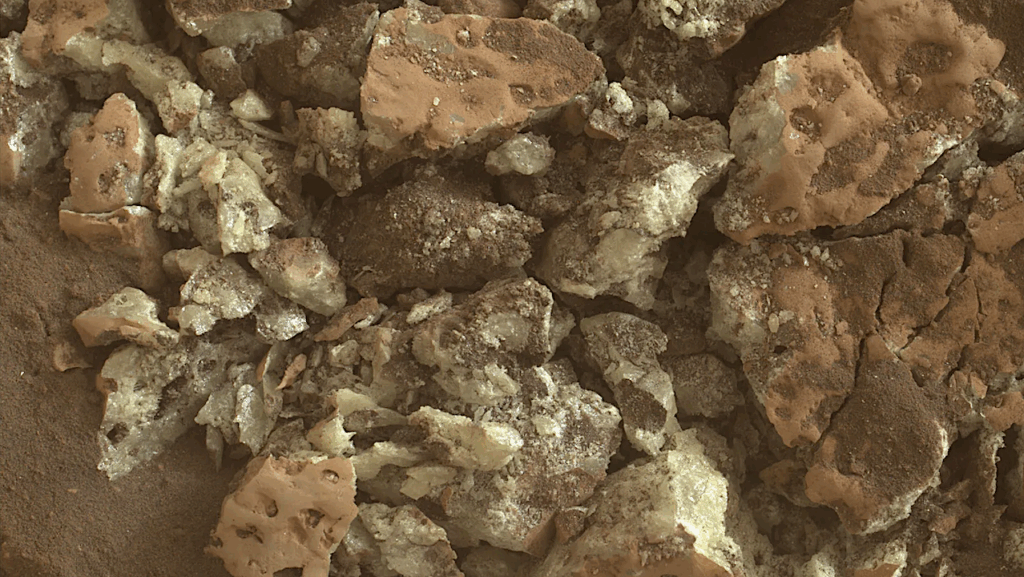Material Properties Of Organic Liquids, Ices, And Hazes On Titan

Titan has a diverse range of materials in its atmosphere and on its surface: the simple organics that reside in various phases (gas, liquid, ice) and the solid complex refractory organics that form Titan’s haze layers.
These materials all actively participate in various physical processes on Titan, and many material properties are found to be important in shaping these processes. Future in-situ exploration on Titan would likely encounter a range of materials, and a comprehensive database to archive the material properties of all possible material candidates will be needed. Here we summarize several important material properties of the organic liquids, ices, and the refractory hazes on Titan that are available in the literature and/or that we have computed.
These properties include thermodynamic properties (phase change points, sublimation and vaporization saturation vapor pressure, and latent heat), physical property (density), and surface properties (liquid surface tensions and solid surface energies). We have developed a new database to provide a repository for these data and make them available to the science community. These data can be used as inputs for various theoretical models to interpret current and future remote sensing and in-situ atmospheric and surface measurements on Titan. The material properties of the simple organics may also be applicable for giant planets and icy bodies in the outer solar system, interstellar medium, and protoplanetary disks.
Xinting Yu, Yue Yu, Julia Garver, Jialin Li, Abigale Hawthorn, Ella Sciamma-O’Brien, Xi Zhang, Erika Barth
Comments: 56 pages, 4 figures, 17 tables
Subjects: Earth and Planetary Astrophysics (astro-ph.EP); Instrumentation and Methods for Astrophysics (astro-ph.IM)
Cite as: arXiv:2210.01394 [astro-ph.EP] (or arXiv:2210.01394v1 [astro-ph.EP] for this version)
Submission history
From: Xinting Yu
[v1] Tue, 4 Oct 2022 05:56:49 UTC (3,223 KB)
https://arxiv.org/abs/2210.01394
Astrobiology








